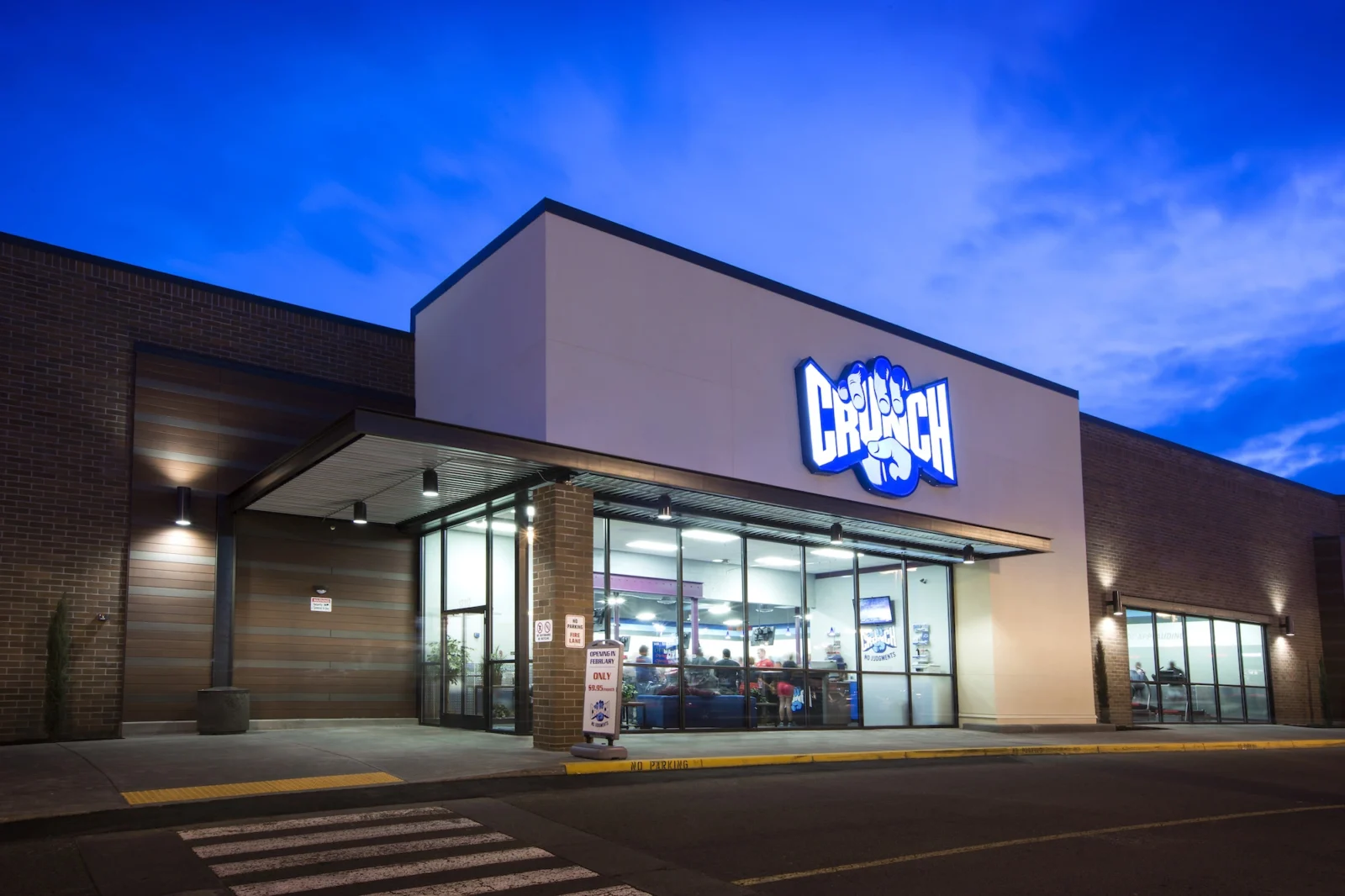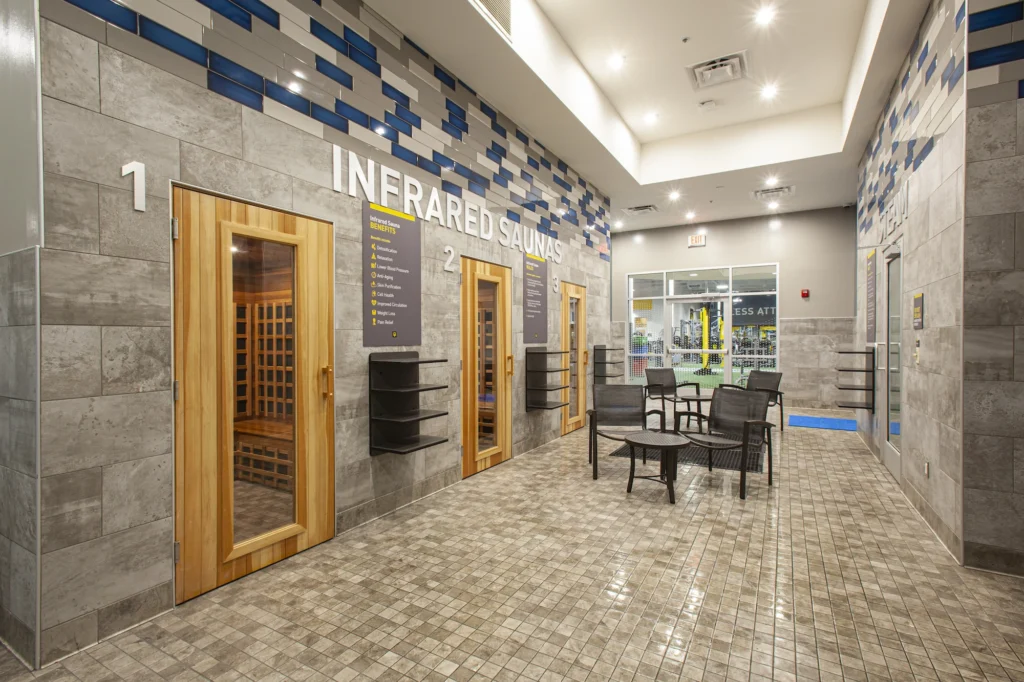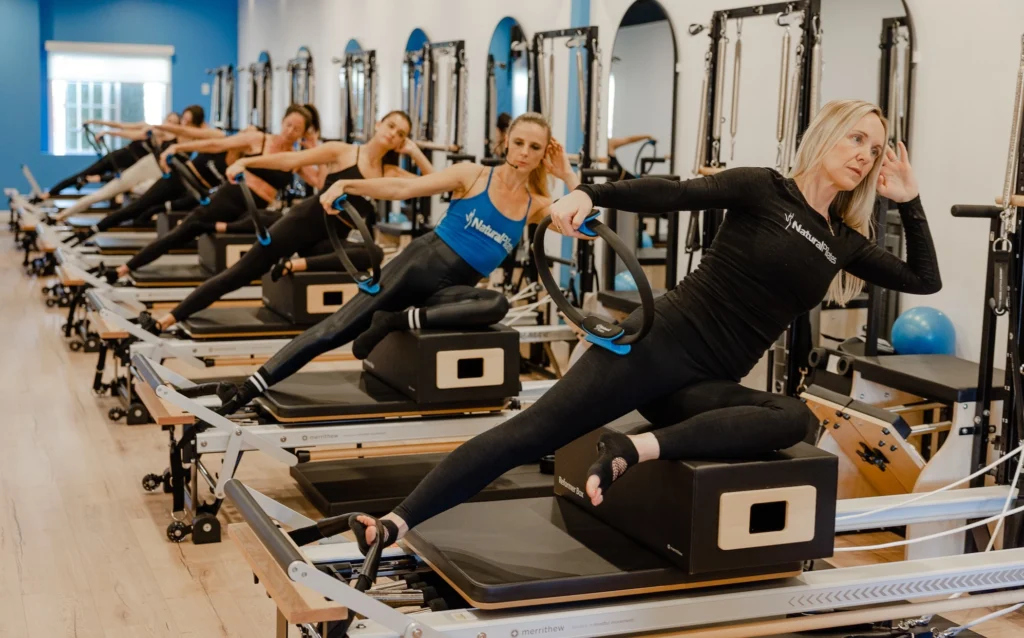Featured on Franchise Corner
View More
Consolidation Is Here To Stay in Fitness Franchising, Experts Say

This article is part of ATN’s DISRUPT 2024 video series, featuring can’t-miss conversations with the biggest executives in fitness and wellness. To watch DISRUPT content, click here
Fitness franchising brings to mind images of independent owner-operators and small-business success. In the post-COVID world, though, the space might be better summed in a few words: “go big or go home.”
During ATN’s DISRUPT video series, three leading investors in the fitness and wellness space – Jon Canarick of North Castle Partners, Marc Magliacano of L Catterton, and Robbie Shapiro of York Capital Management – gave their thoughts on the dynamics shaping the fitness franchising industry, including the rise of consolidation.
ATN breaks down key moments from their conversation, including why the trend of franchise consolidation might be here to stay, current market dynamics, and which fitness modalities are poised for growth in the years ahead.
Large Franchise Groups Take Control
The fitness franchising space has been marked by consolidation since the COVID-19 pandemic, with large, cash-rich franchisee groups buying up smaller operators to create massive portfolios of gyms and studios. Crunch Fitness, Anytime Fitness and Planet Fitness have all seen private equity-backed franchise groups enter their systems in recent years, acquiring dozens of gyms in one pop.
Investors expect to see this trend continue in the years ahead, especially since large franchise groups tend to see quick success in terms of expansion.
“Consolidation is among us,” said L Catterton’s Magliacano, noting that generally, “large, sophisticated, franchisee groups perform very well.”
“The data is just telling franchisors to help facilitate ongoing consolidation of their franchise groups,” he added.
The rise of so-called “HVLP 2.0” gyms could accelerate the consolidation trend in the years ahead.
HVLP 2.0 gyms represent the next evolution of high-value, low-price gyms, offering premium amenity sets like group fitness classes, recovery services and top-shelf strength training equipment at monthly price points that are at or near traditional “HVLP 1.0” gym concepts like Planet Fitness.
Crunch Fitness, Chuze Fitness, EōS Fitness and Vasa Fitness generally fall into the HVLP 2.0 category, although the definition is somewhat loose. Generally, HVLP 2.0 gyms are more expensive to build and maintain than HVLP 1.0 concepts, which can make it cost-prohibitive for individual franchisees to get in on the action.
To control costs and logistics, many HVLP 2.0 brands opt to stay corporate-owned rather than sell franchises. North Castle Partners’ Canarick noted an interesting phenomenon – virtually every major HVLP 2.0 brand is corporate-owned, with the exception of Crunch Fitness.
For Crunch, consolidating its gyms into the hands of a few large franchise groups offers a way to compete with the likes of Chuze, EōS and Vasa on the operational side while still tapping into the economic and expansionary benefits of a franchise model.
“Where Crunch is evolving is to sort of lean into the fact that you do really need sophisticated management teams (and) more concentration of ownership. … So they sort of mimic, almost, the corporate-owned model,” Canarick said.

A Tougher Market in General
High-performing fitness brands are still able to obtain growth capital when the conditions are right, but overall, investors say the market is less receptive to franchising than it was before the pandemic.
“The post-COVID world is very different for a whole host of reasons,” said York Capital Management’s Shapiro. “(The) pattern of daily life has changed, but also inflation and higher interest rates. So it’s a much more difficult operating environment today than it was five years ago.”
Besides macroeconomic factors, Magliacano noted that entrepreneurs are generally less interested in becoming fitness and wellness franchisees than they were before the pandemic, with COVID’s deleterious effects on the fitness industry still fresh in people’s minds.
“Today, trying to find franchisees that are ready, willing and able to lean in with their wallets is a very different proposition than it was pre-COVID,” he said.
Canarick also pointed to the rise of at-home fitness during the pandemic as a factor that makes it more difficult for brick-and-mortar franchise brands to compete for investment dollars. While connected fitness brands like Peloton might be struggling financially, there’s no denying that at-home fitness is a bigger part of consumers’ exercise routines than it was pre-pandemic.
“For all of the negatives around Peloton and all their struggles, they still have an enormous market share of daily workouts, much higher than it was before COVID,” Canarick said.
Pilates, Strength Training Soar
It’s not all doom and gloom, though. The fitness and wellness industry is still generally growing, even if current macroeconomic conditions and lingering memories from the pandemic have created challenges for operators and investors.
Asked which fitness modalities and concepts are poised for growth in the years ahead, investors pointed to some familiar trends.
“I think, without question, the highest growth segment in boutique fitness is Pilates in its various forms, mostly machine-based Pilates,” Canarick said, adding that high-intensity interval training (HIIT) also “continues to be very successful.”
Indoor cycling, on the other hand, is “a massive laggard” post-pandemic, he noted.

Magliacano pointed to the rise of strength training in gyms, clubs and studios around the world.
“When people say, ‘Follow the science,’ the science is saying strength is where you need to be,” he said. You want longevity, you want mobility in your older years? It is all about strength.”
On the flip side, “cardio-based concepts are going to struggle,” he said.
Magliacano also expects to see tech and AI become a bigger part of the gym experience moving forward. This could be bad news for human personal trainers, he believes.
“I think in the next 5, 10, years in the U.S., you’re going to see transformative changes within gyms, where technology and AI – and personalization of training programs – is going to take place,” he said. “Unfortunately, I believe that personal training from a human perspective will be under review, frankly, just to say it nicely.”
Shapiro pointed to the rise of wellness and recovery franchises, which offer services ranging from stretching and IV therapy to beauty services like Botox.
“Anything that makes people feel better, feel younger, recover faster,” he said. ”There are huge demographic tailwinds with the aging population in the United States, so we’re very bullish on recovery services.”



